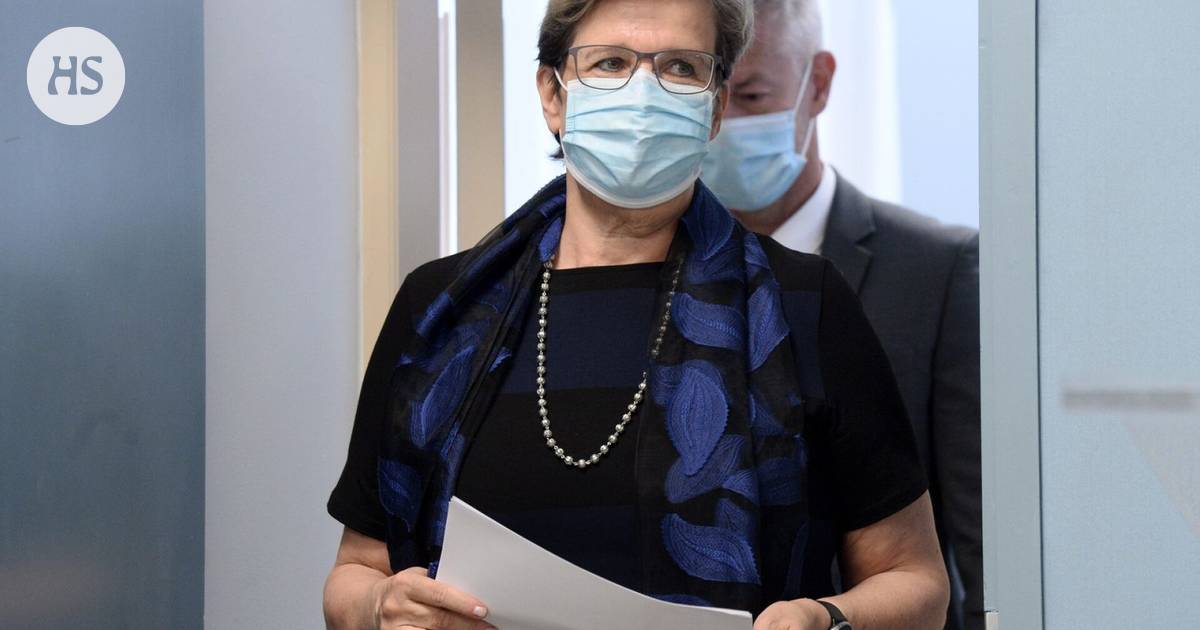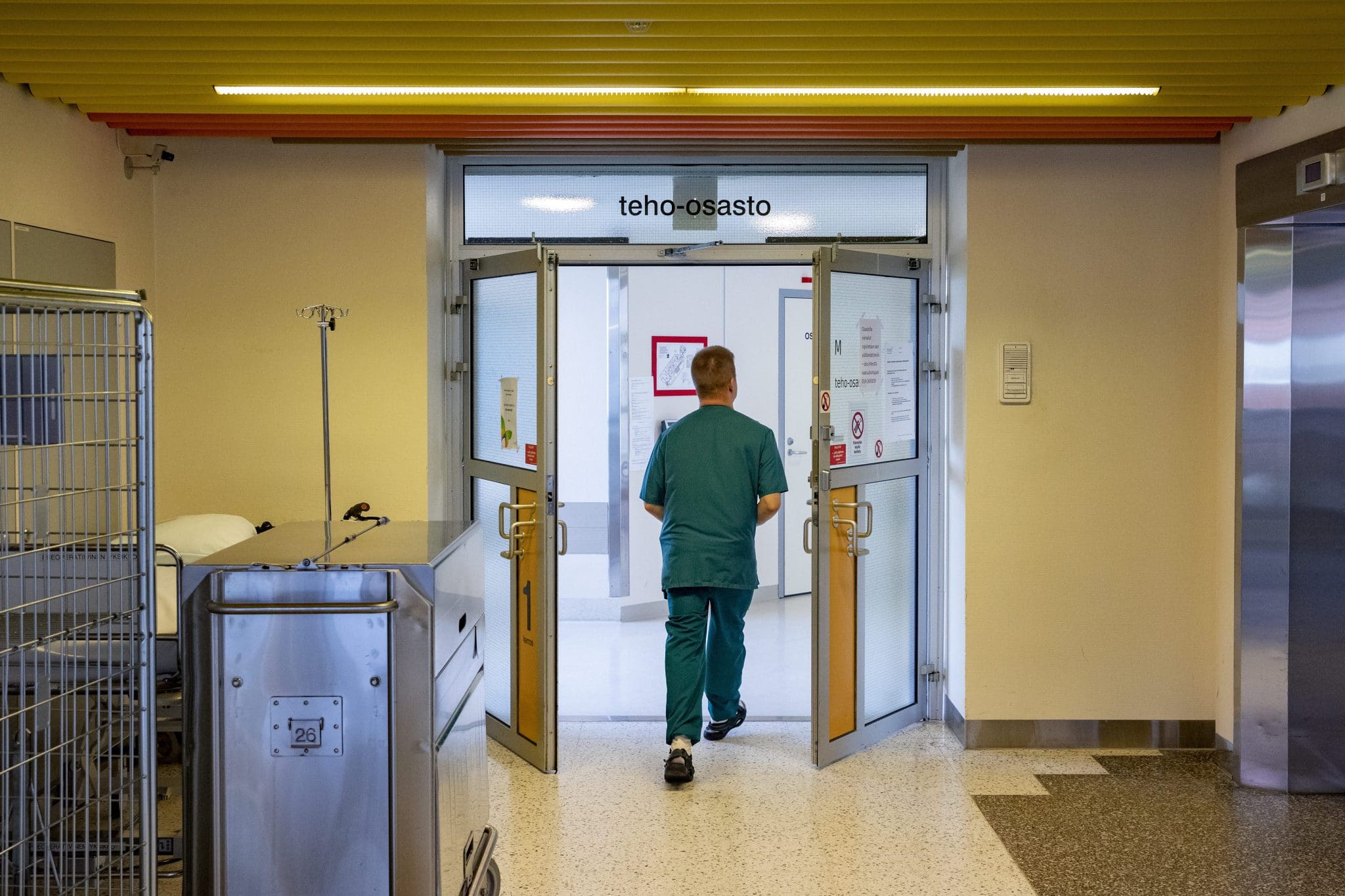Via Dolorosa
Jäsen
- Suosikkijoukkue
- Україна
Ministerit sekä hallituksen kansanedustajat vinkuu ja piipittää somekanavissa, mutta samalla AVI toimii heidän itsensä määräämällä strategialla.

 www.hs.fi
www.hs.fi
Vitun jännä juttu, että on viestinnässä ollut sekoilua ja lakipykäliä ei ymmärretä.
Ulos koko saatanan sakki.

Rajoitukset | Etelä-Suomen avin ylijohtaja vastaa kritiikkiin tiukentuneista rajoituksista: Olemme hämmentyneitä, emme tee päätöksiä yksin
Torstaina linjatut uudet rajoitukset pääkaupunkiseudulle ovat aiheuttaneet kritiikkiä erityisesti lasten ja nuorten harrastustoiminnan rajoittamisesta.
Vitun jännä juttu, että on viestinnässä ollut sekoilua ja lakipykäliä ei ymmärretä.
Ulos koko saatanan sakki.




